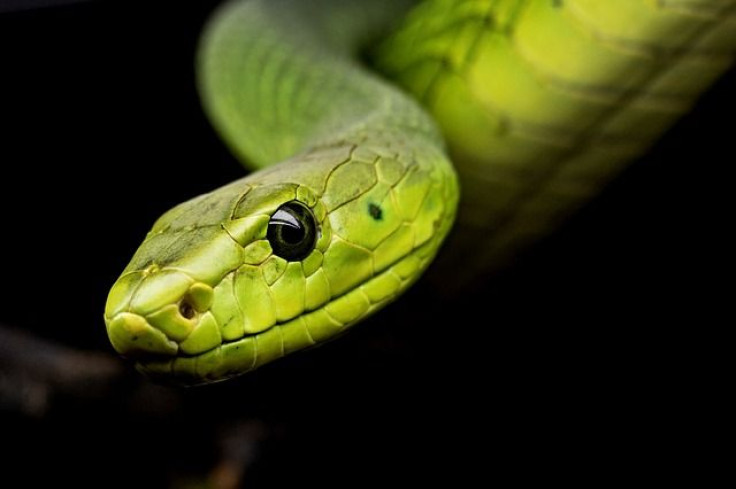'Creative Destruction': Modern Snakes May Have Evolved From Dino-Killing Asteroid Survivors

The s that are living today may have evolved from the few species that survived the dinosaur-killing asteroid, a team of researchers has found.
When the dino-killing asteroid hit the Earth millions of years ago, numerous vertebrate groups met their demise, the researchers of the new study, published Tuesday in the journal Nature Communications, said. But apart from the mass extinction, the aftermath of the impact also brought about a "rapid diversification" as some species were able to thrive after their competitors were wiped out.
In their study, researchers from the University of Bath, alongside their collaborators from Germany, Bristol and Cambridge, had a closer look at the effects of the Cretaceous-Paleogene (K-Pg) mass extinction, which records show coincided with the Chicxulub bolide impact, on evolution.
For the effort, they looked at fossils and the genetic differences of modern s to "reconstruct evolution." This way, they were able to determine when modern s evolved, the University of Bath noted in a news release.
The results of the researchers' work suggest all living s today actually stemmed from the "handful" of species that survived the mass extinction event.
"We reveal a potential diversification among crown s associated with the K-Pg mass extinction, led by the successful colonization of Asia by the major extant clade Afrophidia," the researchers wrote.
It's possible that s' ability to stay underground for long periods of time without food helped them survive, the university noted. With their competitors out of the picture, they were able to spread to newer, further habitats and create new lineages that we know today, from vipers to pythons and cobras.
"It's remarkable, because not only are they surviving an extinction that wipes out so many other animals, but within a few million years they are innovating, using their habitats in new ways," lead author Catherine Klein, a University of Bath graduate who now works at Friedrich-Alexander-Universität Erlangen-Nürnberg, said in the news release.
"Our research suggests that extinction acted as a form of 'creative destruction' - by wiping out old species, it allowed survivors to exploit the gaps in the ecosystem, experimenting with new lifestyles and habitats," corresponding author Nick Longrich of the University of Bath added. "The destruction of biodiversity makes room for new things to emerge and colonize new landmasses. Ultimately life becomes even more diverse than before."
The current study shows an example of how mass extinctions helped shape the planet's biodiversity.
"(O)ur results help corroborate the fundamental role of the K-Pg mass extinction in shaping the vertebrate biodiversity occupying our planet today," the researchers wrote.
In this case, from the few survivors of the destructive event emerged a "major clade of predators" that is now comprised of more than 3,700 living species.
Photo: Pixabay






